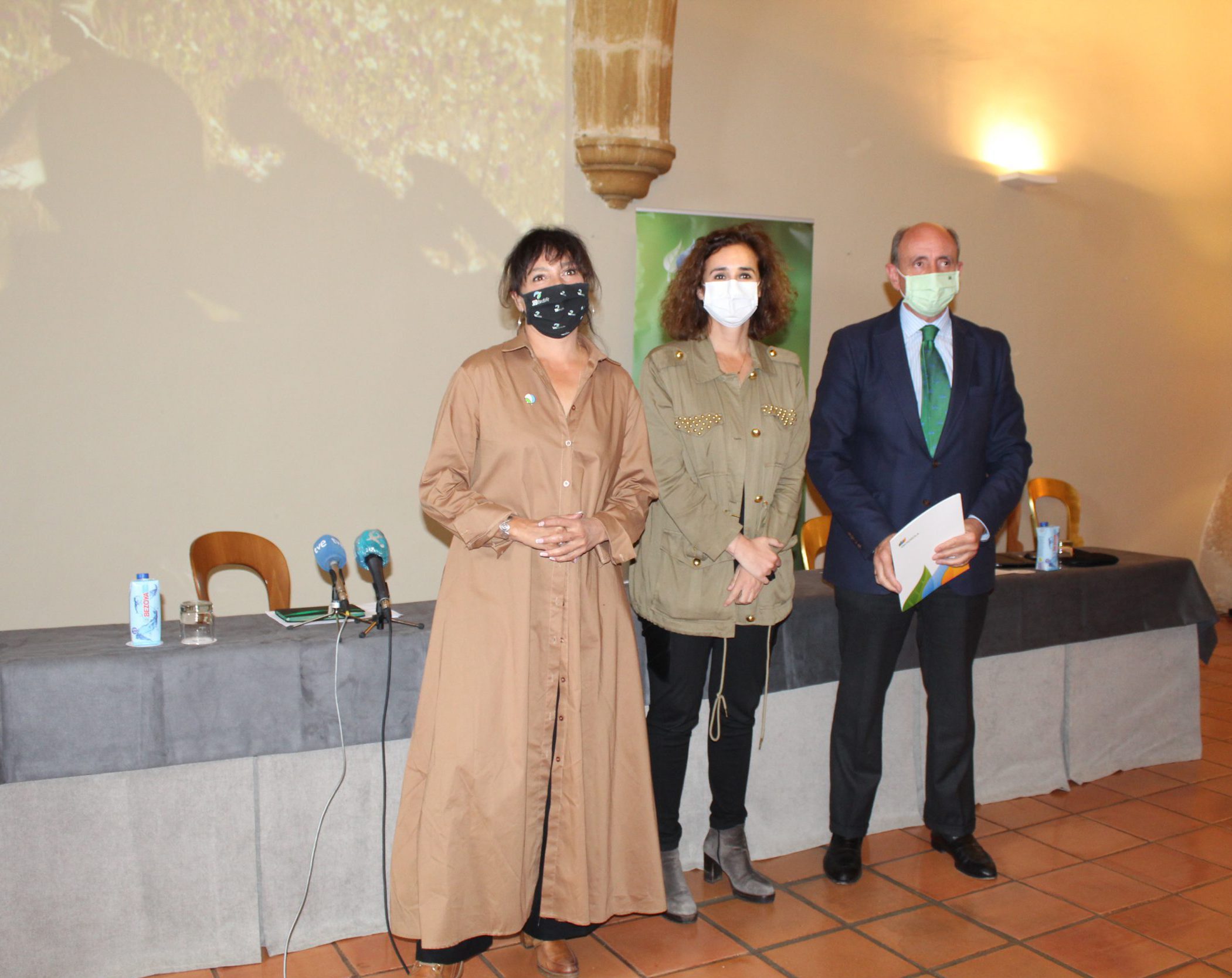Fundación Iberdrola España and SEO/BirdLife launch a campaign to save agricultural birds in Extremadura
- For the second consecutive year, nesting areas will be identified, marking will be carried out and actions will be promoted in order to reduce the causes that affect the populations of agro-steppe birds in the region, such as the Great Bustard, Little Bustard and Montagu’s Harrier.
- The campaign, of regional scope, includes actions throughout the year in nine main areas, covering a total of 450,000 hectares, including the census of the nesting areas of these species in areas of conflict, marking with satellite transmitters for long-term monitoring, identification of nests, coordination of partial and final reports, and communication of the results obtained.
- This agreement represents the alliance between civil society and responsible companies to protect the most fragile biodiversity of the agro-steppe environments, and offers powerful tools to the Administration in charge of its conservation.
Madrid/Trujillo April 9, 2021.
SEO/BirdLife and Iberdrola, through its Foundation in Spain, have signed today in Trujillo (Cáceres) an agreement for the development of a campaign to save agricultural steppe birds in Extremadura. The project will analyze and evaluate actions to reduce the causes that are affecting these bird populations in the region, such as the Great Bustard, Little Bustard and Montagu’s Harrier.
The campaign, of regional scope, includes actions in nine main areas, covering more than 450,000 hectares where different actions will be carried out during the year, including the census of the nesting areas of these species in areas of conflict, marking with satellite transmitters for long-term monitoring, identification of nests, coordination of partial and final reports, and communication and dissemination of the results of the campaign.
The executive director of SEO/BirdLife, Asunción Ruiz, and the director of Fundación Iberdrola España, Ramón Castresana, signed the agreement this morning, presided over by the Councilor for Ecological Transition and Sustainability of the Regional Government of Extremadura, Olga García. The event was also attended by the coordinator of Sustainable Development and Climate Change of the Ministry for Ecological Transition and Sustainability of the Regional Government of Extremadura, Ángel Sánchez, the delegate of SEO/BirdLife in Extremadura, Marcelino Cardalliaguet and the delegate of Iberdrola in Extremadura, David Martín.
Objectives of the campaign
The objective of the 2021 Agroesteparian Bird Rescue Campaign is to monitor the breeding areas of these species, in order to identify those nests that could be compromised by possible agricultural exploitation on sensitive dates. In this way, agricultural producers will be helped to adapt their activities to avoid such impacts, with specific measures whose cost can be compensated through the mechanisms provided by the Junta de Extremadura to finance conservation measures for steppe birds.
The campaign will survey the main nesting areas of these species in Extremadura, from the Great Bustard to the Little Bustard. In addition, the Montagu’s harrier will be included in the province of Cáceres. Another action will consist of tagging one or two male Little Bustards to improve data on their movements and the precise location of the largest possible number of nests occupied by the target species.
Nest location
The main problems for the populations of these birds come both from the significant reduction of available habitats due to excessive pressure from agriculture, livestock or infrastructure construction, as well as from other activities that can affect them in very sensitive periods. The tendency of steppe birds to take refuge and nest in crops or mature grasslands makes the problem more acute due to variations in climate, the lengthening of dry periods and the instability of rainfall, which push farmers to early tillage practices in the fields. “Hence the importance of the campaign to save steppe birds, which allows us to locate these critical areas where nests are endangered by early agricultural work and thus avoid their destruction through agreements with farmers,” says Marcelino Cardalliaguet, delegate of SEO/BirdLife in Extremadura, who this morning presented the data from the 2020 Steppe Bird Rescue Campaign.
In this past edition, 452,550 hectares were sampled for the location of Little Bustard and Little Bustard in courtship period, 140,866 hectares were characterized as possible nesting areas and information was collected from 78 holders of farms in about 7,000 hectares with potential risk of affecting nests.
In the words of the executive director of SEO/BirdLife, Asunción Ruiz: “This agreement allows us to protect the most fragile biodiversity of our countryside, the most threatened, offering powerful tools to the Administration in charge of its conservation and very valuable information to all the agents operating in the territory. Achieving this in Extremadura, one of the largest biodiversity reserves in Europe, is a priority objective for SEO/BirdLife and the successful results of the previous 2020 campaign are proof that we are heading in the right direction”.
According to Ramón Castresana, director of Fundación Iberdrola España, “this agreement reaffirms Iberdrola’s commitment to protecting the environment, the ecological surroundings and biodiversity, which extends to various actions in defense of birdlife and habitat conservation. Collaborating with leading entities such as SEO/BirdLife and having the backing of the Regional Government of Extremadura is a guarantee for the continuity and success of this program”.


